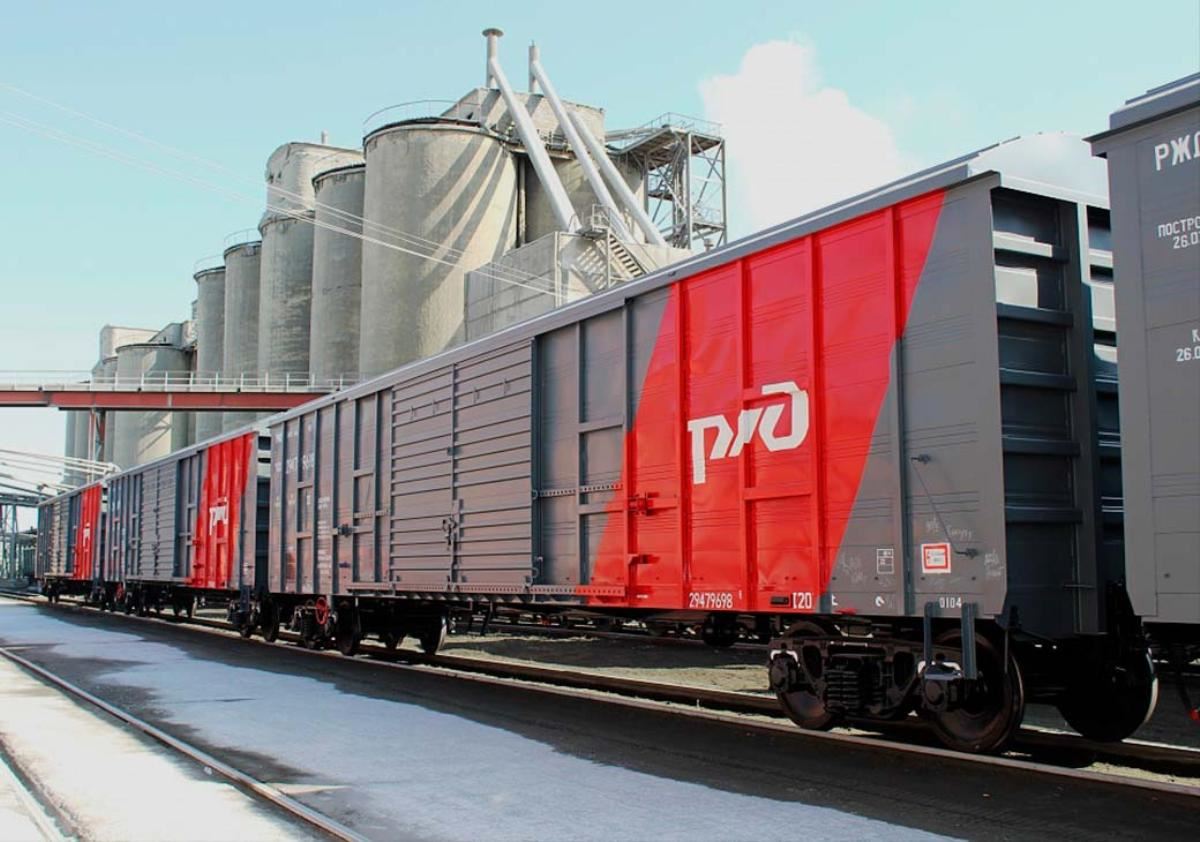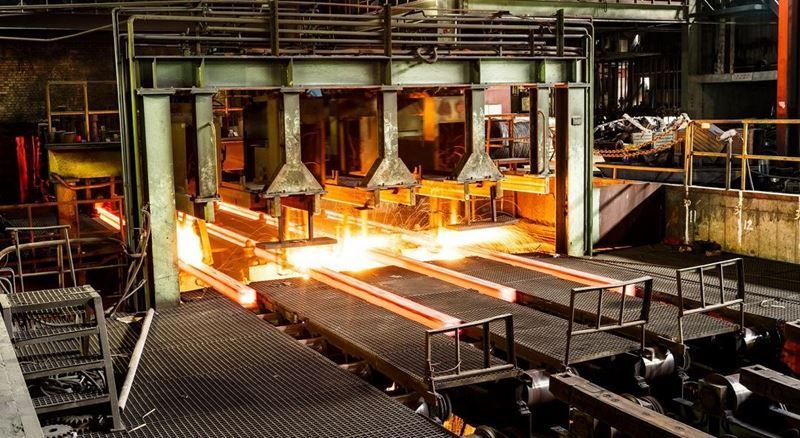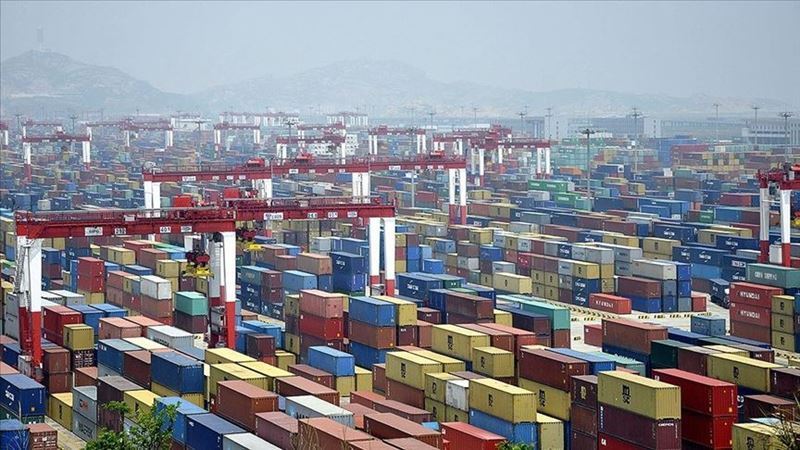In January-February, domestic ferrous metal shipments fell by 4.3% yearly to 8.2 million tonnes. International shipments decreased by 2.7% to 4.5 million tonnes, including a 2.5% decline in deliveries through ports (to 2.8 million tonnes) and a 3.1% decrease in shipments through the border crossings (to 1.7 million tonnes).
Ferrous metal imports into Russia by rail in the first two months of this year dropped by 25.2% to 458,000 tonnes, while exports increased by 2% to 3.9 million tonnes.
Despite this decrease, some experts believe that the consumption of steel will continue to grow this year due to the increase in construction volumes. Last year, 49 million square metres of new construction projects were started by contractors and another 2.3 million square metres are expected to be built in 2024. Additionally, there has also been an increase in steel production, with steel output rising by 1.3 per cent in January this year.
However, some factors are putting negative pressure on the sector. Steel consumption is generally affected by labour shortages, high bank interest rates and logistics problems of Russian Railways. Lack of transport corridors and limited railway capacity lead to prioritisation of export shipments. In addition, the shift in export destinations from the familiar supply chain routes of the European market, which are favoured for transport, to destinations such as India, China, the Middle East and North Africa is also affecting the steel market.











Comments
No comment yet.